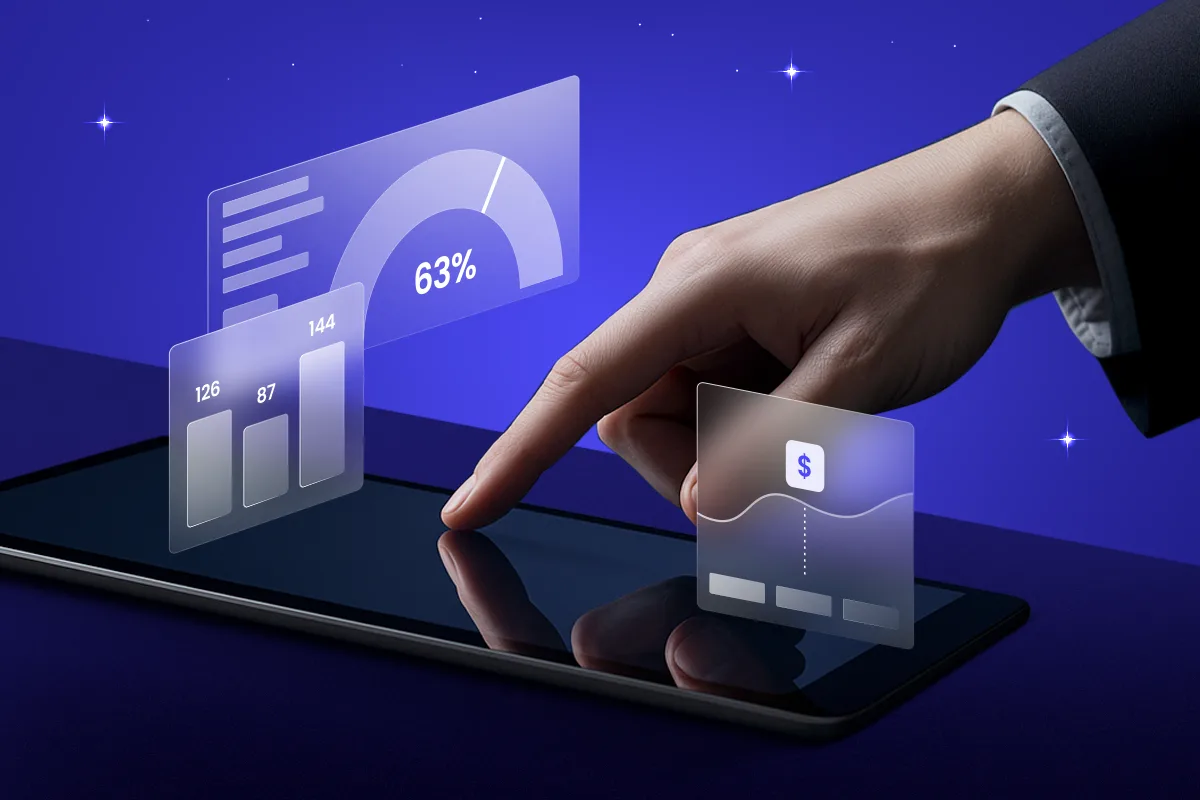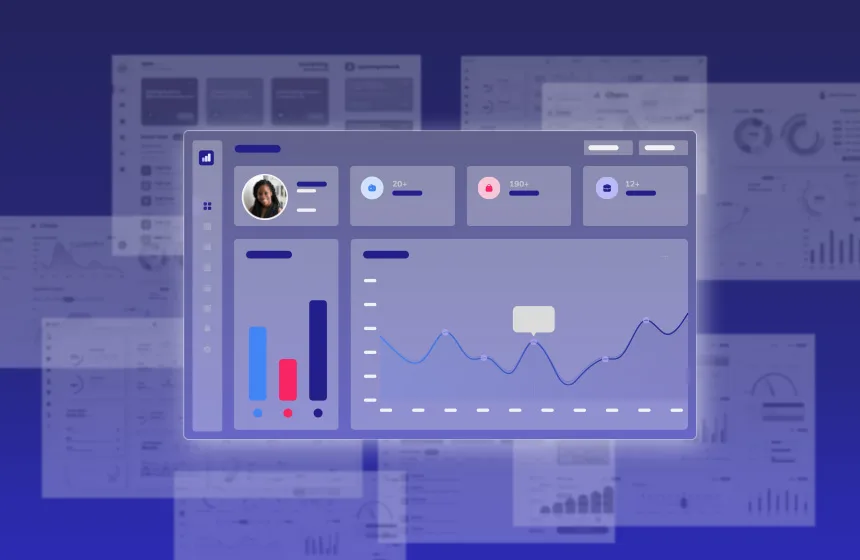Accelerate deals and increase win rates with the leading enterprise AI demo platform.
Solutions Engineers Are Shaping the Future of Sales: Here’s How

June 13, 2025
Table of Contents
B2B Sales isn’t for the faint of heart — or at least not anymore. It seems like once upon a time, B2B tech products practically sold themselves. But between economic uncertainty, shrinking budgets, and more skeptical buyer committees, selling in 2025 is a slog. Products are more complex. Buyers are more informed. And competition is fiercer than ever. Account Executives are overwhelmed between endless prospecting and ever-higher quotas. Today’s buyer expects to see the product early in the sales process, which often requires a customized demo. Enter: the Solutions Engineer.
SEs are part product expert, part sales whisperer — and exactly what B2B Sales orgs need to close deals in 2025.
So, what exactly do they do? Why are they so valuable? And how can companies make their lives easier? Let’s dive in.
What is a Solutions Engineer?
A Solutions Engineer (SE) is a bit like a tech translator. They bridge the gap between a company’s product and a potential customer’s needs, helping both sides understand each other. They work closely with the Sales team to show off what a product can really do. More importantly, they work directly with the customer to devise solutions to address their specific needs.
In a nutshell, an SE helps customers see the value of a product by tailoring demos, answering tough technical questions, and building trust.
What does a Solutions Engineer actually do?
SEs are the Swiss Army knives of the sales world. Their days are packed with variety. That’s part of what makes the role so attractive to top talent from both Sales and Engineering backgrounds.
Here are just a few things they might do on any given day:
- Customize product demos and proof-of-concepts (POCs) based on a prospect’s needs
- Join sales calls to provide technical support and expertise
- Translate technical details into plain language for non-technical stakeholders
- Troubleshoot issues on the fly during live demos
- Build sandbox demo environments that mimic a customer’s use case
- Relay valuable customer feedback to product and engineering teams
- Research competitors and align product features with business pain points
- Coach sales reps on the product’s technical capabilities
- Stay on top of the latest product updates and industry developments
In short, they’re problem-solvers, educators, and product advocates — often all at once.
The most important skills for Solutions Engineers (based on 2025 data)
What makes a top-tier SE? We asked more than 400 professionals in our 2025 Solutions Engineering Career Guide, and their answers paint a pretty clear picture. Here are the top skills that make SEs stand out:
1. Communication (90% say it’s “very important”)
This one was nearly unanimous. An impressive 90% of SEs said communication is their most important skill. It’s easy to see why. Whether they’re demoing a product, simplifying a technical topic, or helping a sales rep understand the latest feature, SEs need to be crystal clear communicators. The best ones are equally comfortable talking to engineers and executives.
2. Agility and the ability to move quickly (72% say it’s “very important”)
Sales is fast-paced. Prospects want answers yesterday. And SEs? They’re the ones keeping up with last-minute requests, spinning up new environments, and jumping on calls with little notice. Agility isn’t just helpful. It’s essential.
3. Technical skills (42% say it’s the skill that would best accelerate their career)
While it’s not the top skill required of SEs, technical know-how still plays a major role. In fact, 42% of SEs said upping their technical game would do more for their career than anything else. That could mean learning a new programming language, mastering your company’s API, or diving deeper into cloud infrastructure.
4. Empathy and customer-centric thinking
Great SEs don’t just know the product; they understand the customer. They listen, ask the right questions, and tailor their approach based on what each buyer actually needs. Empathy helps SEs connect with prospects and become trusted advisors, not just product experts.
5. Collaboration across teams
SEs are the glue between departments. They work with Sales, Product, Marketing, Engineering, and sometimes even Customer Success. Being able to navigate those relationships and align everyone toward a common goal is a massive advantage.
Benefits of Solutions Engineering
The Solutions Engineering discipline is uniquely able to impact the business across departments. The best SEs break down barriers between teams. That’s where agility and the ability to wear multiple hats comes in handy. SEs can easily find themselves deep in a technical demo one moment and reporting to the CRO in a sales forecast call the next.
Let’s break down areas where SEs have the biggest impact:
Accelerate the sales cycle
When an SE can show a tailored demo right out of the gate or answer technical questions in real time, the whole process speeds up. No waiting for follow-ups or looping in extra resources.
Build trust with technical buyers
Today’s buying committees often include people from IT, Security, or Engineering. These folks ask tough questions, and SEs are ready with thoughtful, accurate answers that build confidence.
Bridge the gap between Sales and Product
SEs help ensure the sales team doesn’t overpromise and the product team stays aligned with real-world customer needs. They’re constantly translating between business goals and technical capabilities. In doing so, they’re uniquely positioned to influence product decisions and roadmap.
Provide valuable feedback to Product teams
Because SEs are on the front lines, they see patterns others might miss. They can spot recurring feature requests, pain points, and edge cases: insights that help shape future product development.
Equip Solutions Engineers with the right tools
Here’s the thing: SEs want to focus on impactful work. But too often, they get bogged down by repetitive tasks like building demos from scratch or chasing down assets. That’s where the SE tech stack comes in handy. Demo tech and other SE-specific software give SEs the tools they need to streamline their workflows and collaborate more effectively.
Interactive product tours
With interactive tours, SEs can create reusable demo experiences that guide prospects through key features, and there’s no need for a live call. These are great for top-of-funnel outreach or sharing with decision-makers after a meeting.
They’re also ideal for hosting on your website as an alternative to the ubiquitous “Get a Demo!” CTA. With interactive tours, a prospect can “self-qualify” and come into a first call with a much better understanding of your product.
Live demo environments
Need to spin up a personalized demo environment in minutes? There’s a tool for that! With newer demo technology, SEs can use AI to create custom demos for new verticals or personas. Most often, the AI is used to generate synthetic data, which SEs can then inject into their live demo environment. SEs should look for solutions that allow them to inject data into either a production environment or a standalone demo.
The “standard” GTM tech stack
SEs should be familiar with a typical sales tech stack, including tools like Salesforce and other CRMs, sales enablement software like Highspot, and recording software like Gong and Loom. SEs are often familiar with GTM analytics platforms and marketing automation tools as well. Every SE-specific tool should plug into the GTM tech stack so SEs can track engagement, measure impact, and stay aligned with the broader sales motion without switching tabs a hundred times a day.
The best of the rest
SEs also like collaboration tools like Slack, Zoom, and the G Suite, which make their collaboration smoother. Similarly, project management software like Jira helps keep their numerous tasks in order and ensure project visibility across the entire org. Finally, SEs should look at more specialized SE tools, from RFP software like Loopio to technical documentation and diagramming software like Miro.
Wrapping up
Solutions Engineers might not always be in the spotlight, but they’re absolutely critical to sales success. They build trust, remove technical roadblocks, and help buyers connect the dots between product features and real-world value. SEs win more deals and close them faster.
And when it comes to supporting those SEs? That’s where demo tech like Reprise shines. From product tours to demo environments, we’re here to help Solutions Engineers work smarter, not harder.
Want to go deeper on what makes SEs tick? Check out our 2025 Solutions Engineering Career Guide and our post on time-killers SEs face and how to solve them.
FAQs
How is a Solutions Engineer different from a Sales Engineer?
The terms are often used interchangeably, but there can be subtle differences. Generally, Solutions Engineers focus more on customizing product solutions and building custom POCs, while Sales Engineers may have more of a demo focus and a pre-sales lean. Solutions Engineers often remain involved in implementation and ongoing customer work. It really depends on the company and industry.
What’s the career path for a Solutions Engineer?
Solutions Engineers have tons of room to grow. Many move into senior SE roles, leadership positions, or pivot into related functions like Product, Customer Success, or even Sales. The combination of technical and business acumen opens a lot of doors.
Do SEs stay involved post-sale?
Sometimes! While SEs are typically focused on the pre-sales process, many stay engaged during onboarding or jump back in during renewals and expansions. It really depends on the company’s structure and the complexity of the solution.






